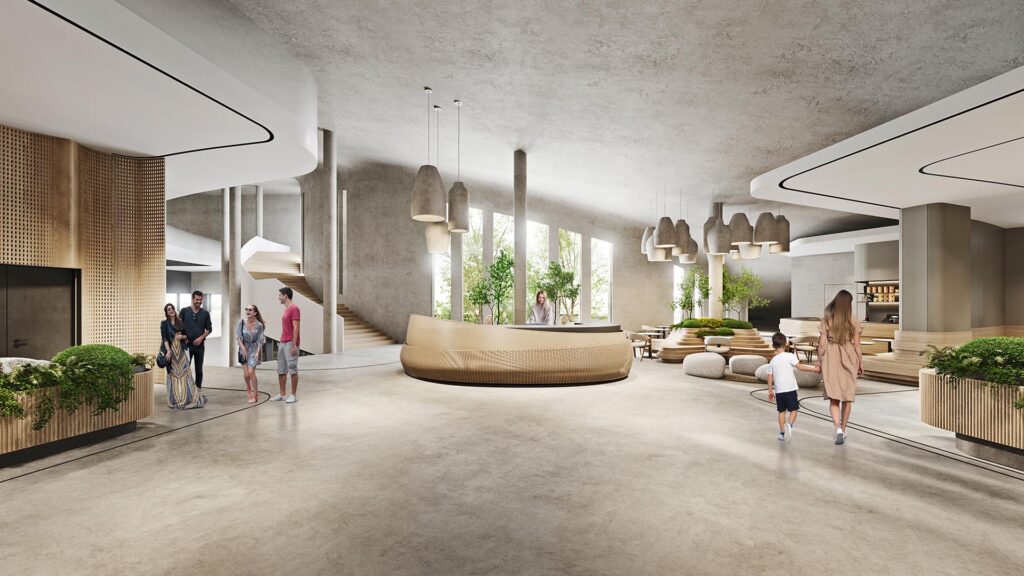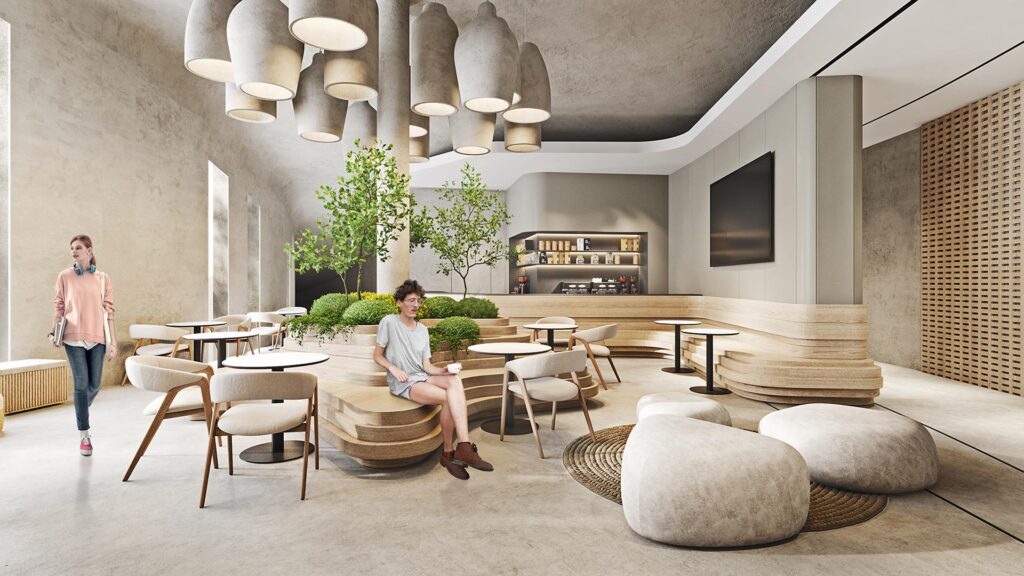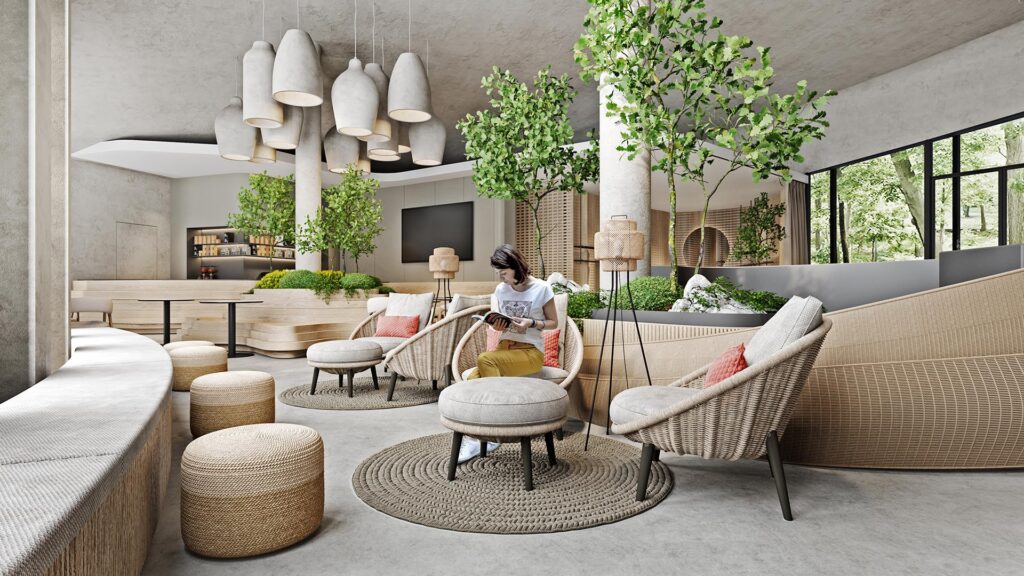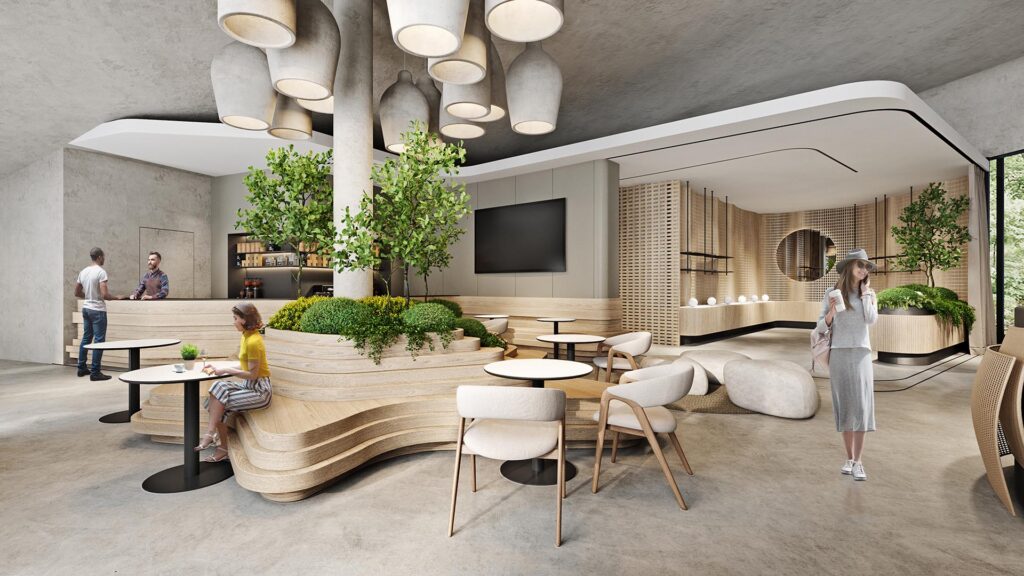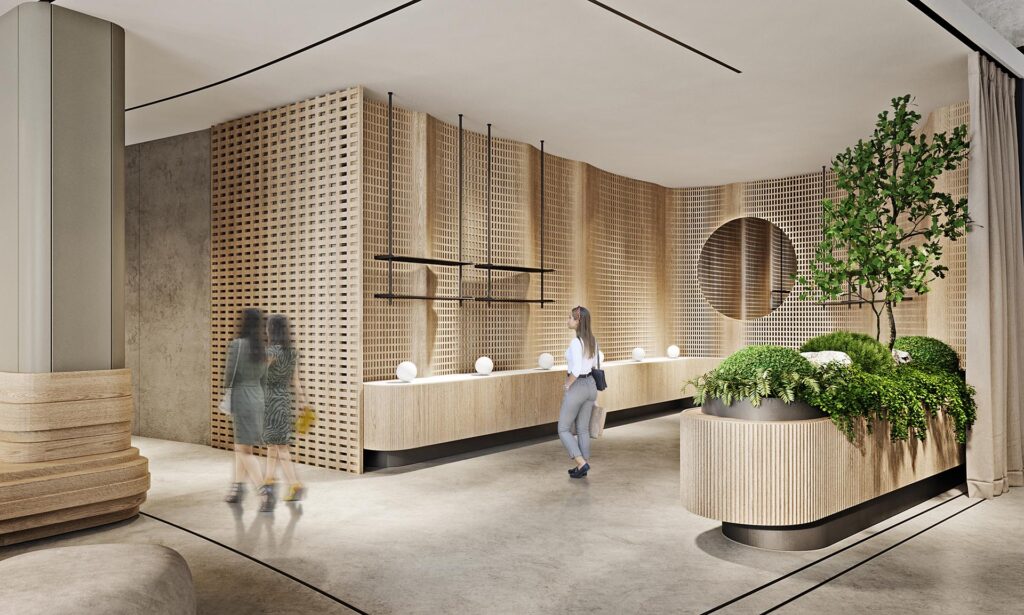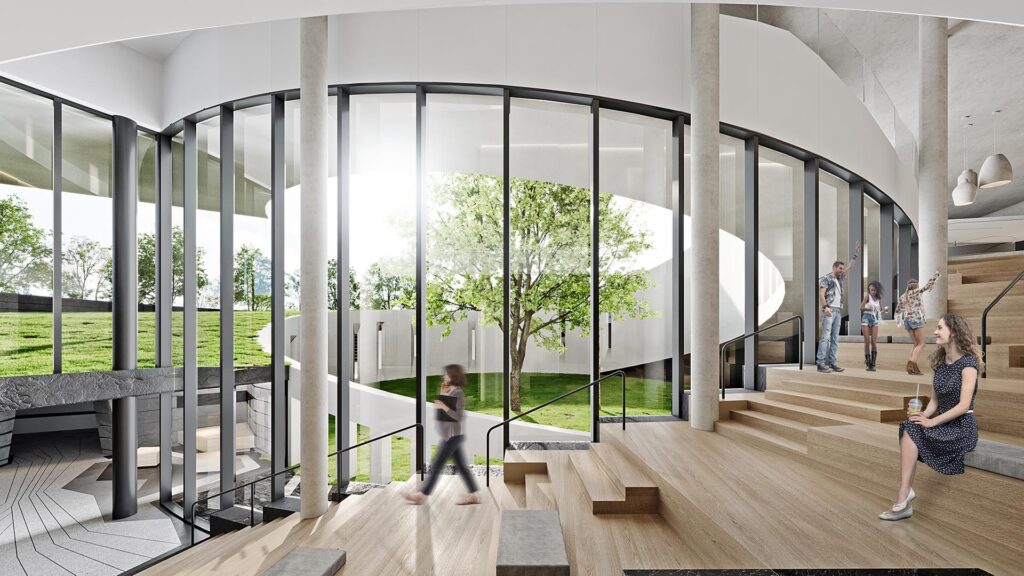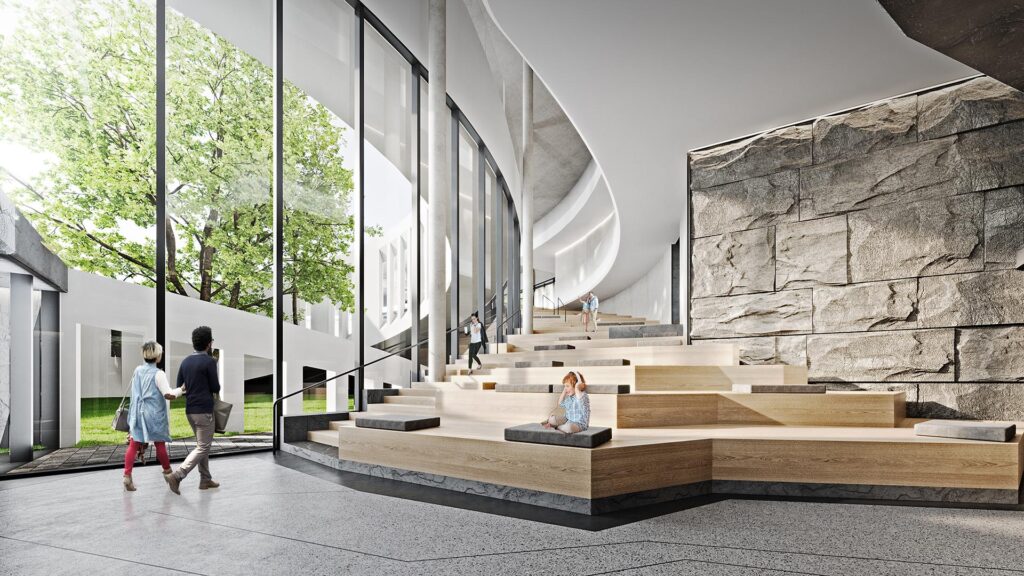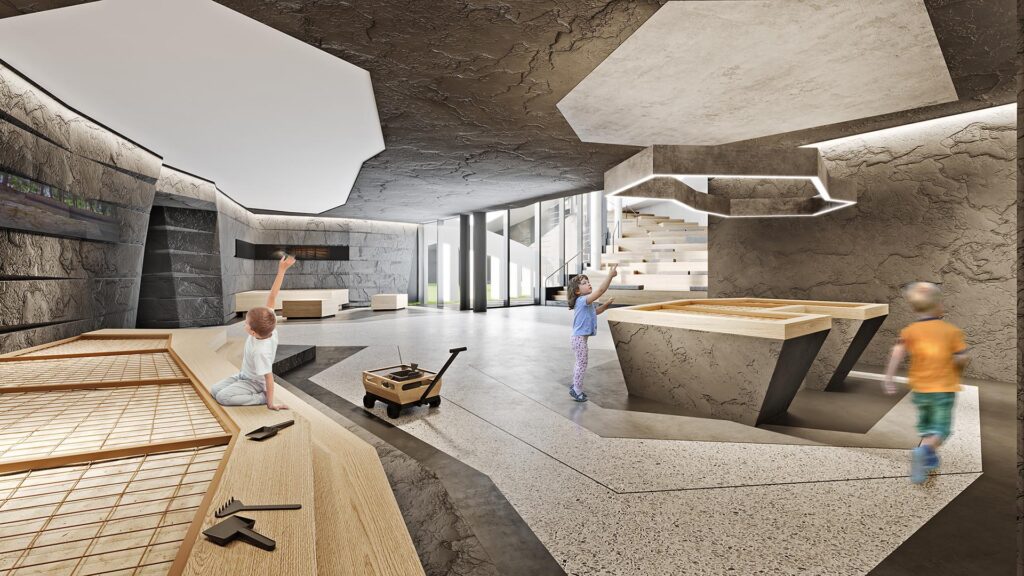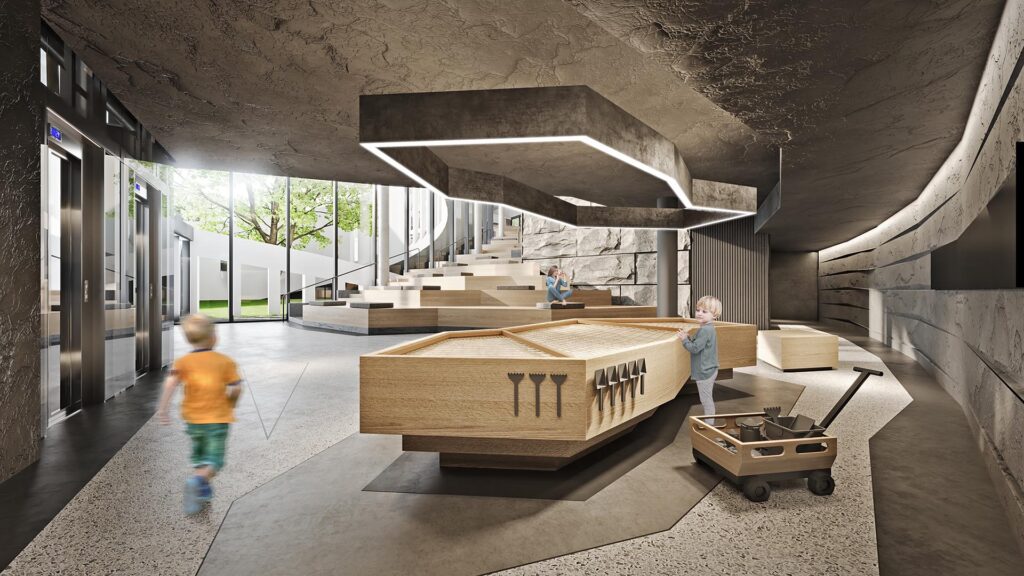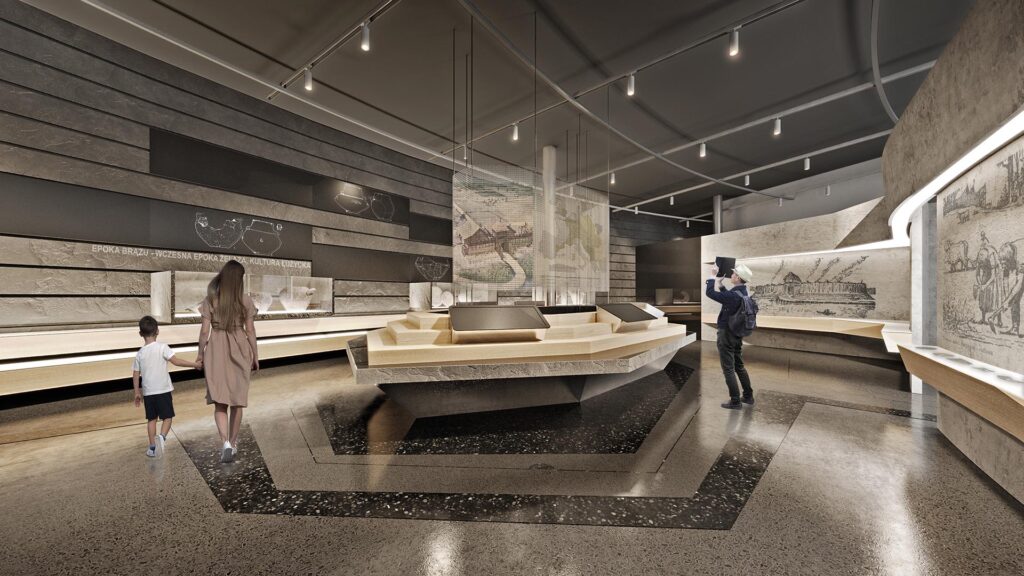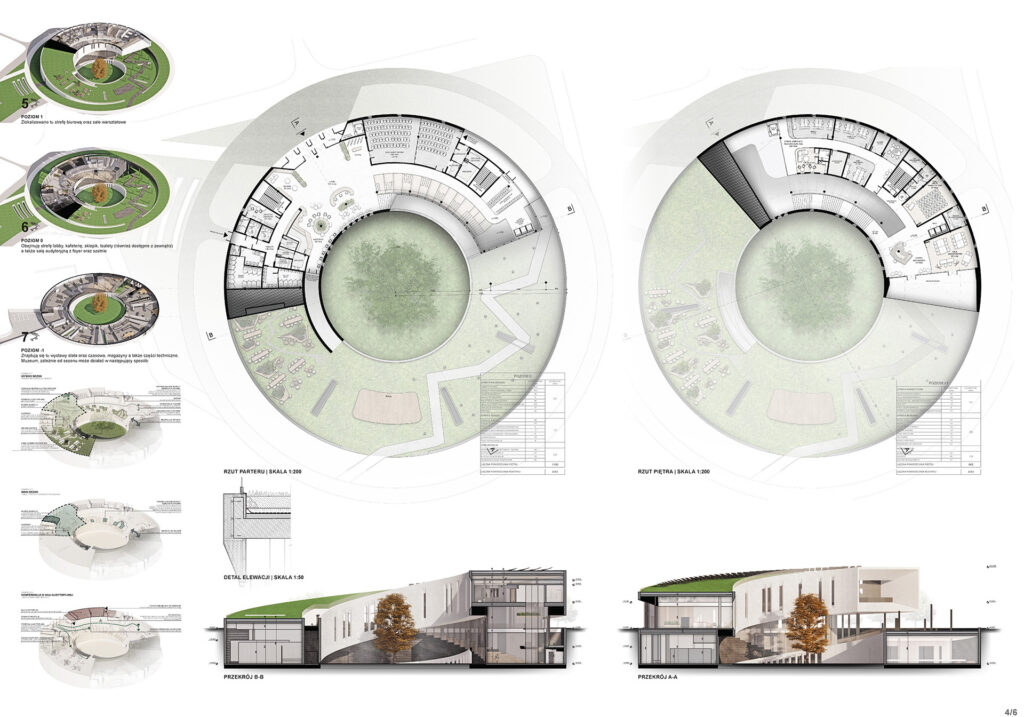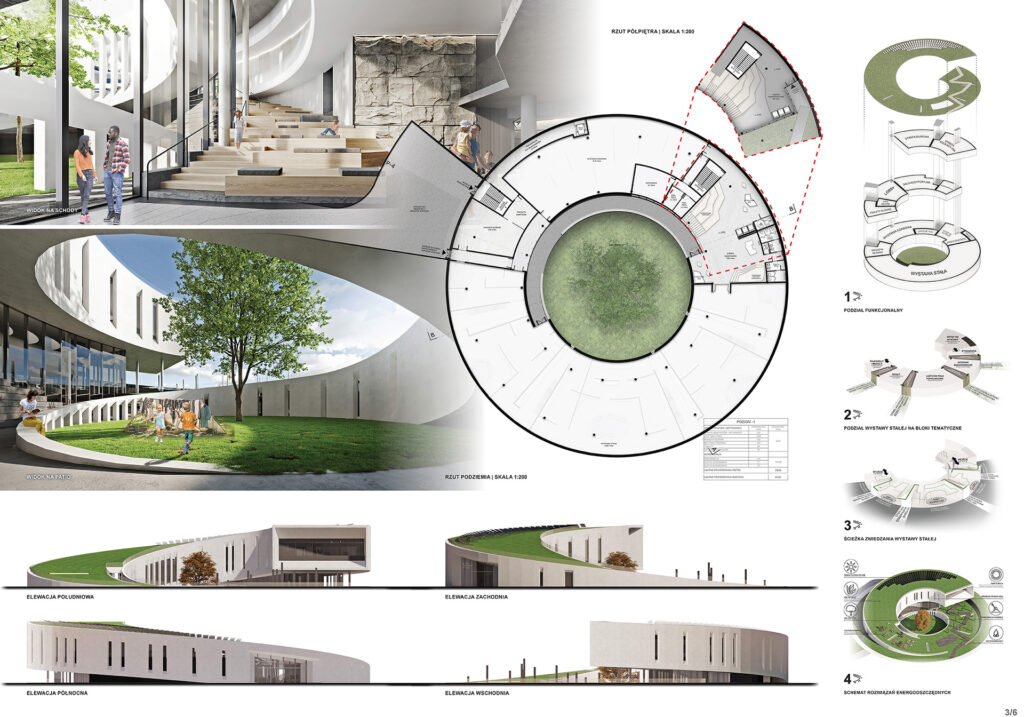Competition project of Archaeological Museum in Biskupin, Poland
Archaeological Museum in Biskupin
History is power. History is not only a reliable collection of bare facts but also the ideas that a nation develops about its own history.
/ Cyprian Kamil Norwid /
History is power, which is why it is so important to preserve it and pass it on to future generations. An example of this power are the discoveries in Biskupin from the first half of the 20th century, which influenced the fate of our country by raising awareness of the inhabitation of these lands. Further discoveries have shown that this history reaches even further and goes beyond one tribe, city or nation.
History serves people to learn and reflect, but it is not something finite. We are constantly discovering its complexities anew, because we ourselves live on a timeline that has no end. In 50, 100 or 200 years, people will “learn” about the times of the first castle in Biskupin in a similar way to the year 2023, when the decision was made to choose the design of the new exhibition pavilion of the Archaeological Museum.
At the beginning of the design path, we asked ourselves: how to convey “infinity” in the architecture of the pavilion, so that it becomes a timeless object in which we look into the past, while at the same time bearing witness to the present: our awareness of the impact of man on the environment, typical materials and construction, the way of solving functional problems and, above all, the role of history in our times.
Infinity is an abstract concept, which in drawing and architecture is best represented by a circle and its derivatives – an “ideal” shape that we are able to describe in mathematics with formulas, but in the real world we can only approach the ideal. Other “infinite” shapes are so-called fractals, which can be zoomed in and out endlessly, often represented by a spiral arrangement of patterns.
We chose an ascending spiral as the ideal shape because it is a combination of two ideas: a representation of the infinity of history by basing it on a circle in the horizontal projection, and a way to mark on the „timeline” the moment in which the object is designed, by breaking off the spiral vertically.
Scope of works: Architectural consulting + interior design
Local Design Institute: Archiprojekt
Concept design team: Katarzyna Polus, Maciej Dębicki, Marcin Bentkowski, Tomasz Twaróg
Administration and project operation: Maciej Dębicki
Design development + BIM: Dmytro Pozherauskas, Dmitry Vyshnevskyi
Area: 4151 sqm
Location: Biskupin, Poland
Status: Competition project



